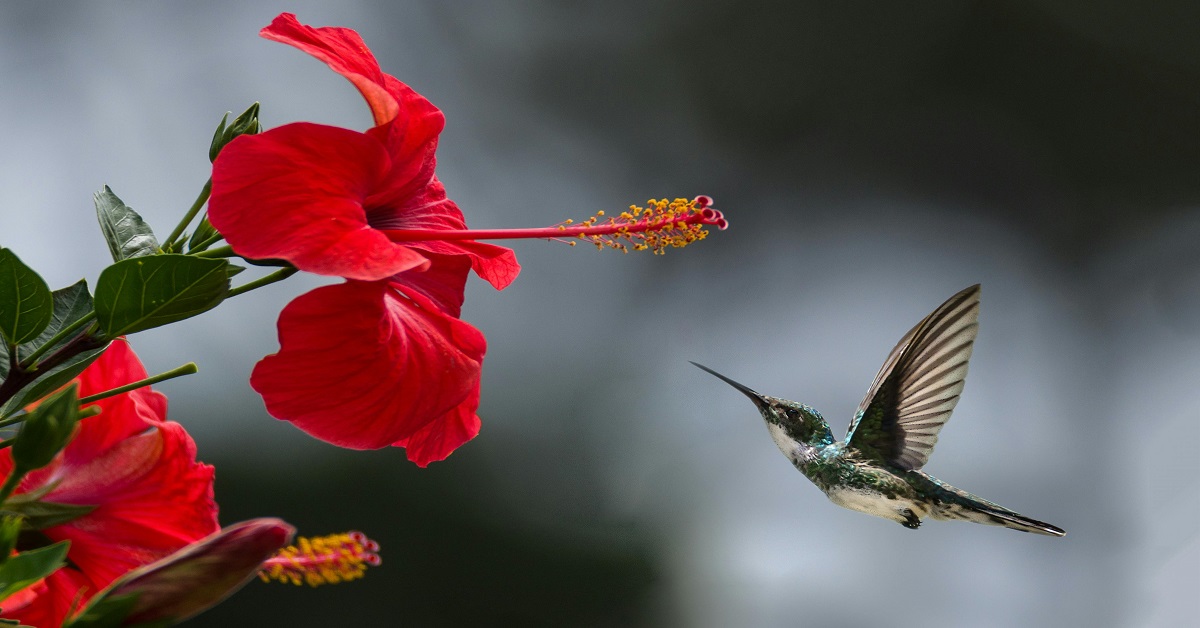Click, CLICK, Click, Snap, SNAP! These are the very sounds that you hear when a photographer is busy taking pictures. Or perhaps, you with a camera in hand!
If you want to understand the nuances of a ‘perfect picture’, read the entire blog.
1. The Background

Source: Pexels
‘A picture is worth a thousand words,’ said one of my friends who was admiring an image taken on the DSLR. As we looked deeply into it, one thing struck both of us: The visual harmony that met our eyes at equal measure. The light-colored background was in epic contrast with the dark-toned attire of the individual. And the consistent color grading was simply outstanding!
Blurred backgrounds, also known as Bokeh, work well for close-ups or macro photography. It renders intimate details of the subject.
Framing also helps a great deal. Suppose you want a picture in a restaurant; then the digital or wall-written menu in the background should complement the ambience. Or, if the subject is standing beside a closed window or a huge tree, then too, the picture should render an aesthetic appeal!
As for my experienced photographer friend, who’s a camera geek, he knows how to make each image talk!
Pointers for You:
- No distraction or clutter behind the subject(s).
- Moderate negative space (unless it’s an indoor photo session).
- If not for outdoor photography, use textured backgrounds.
- Complement the background with the subject’s personality and mood.
Don’t let the background dull the subject | Don’t let the subject dull the background
2. The Angle

Source: Pixabay
If you think dull backgrounds or similar-shade variations can affect your picture negatively, then you’re right. However, there’s no need to panic! Try using a proper angle to take the snap. A bit of contrast within the picture, and voila! It’s all set.
Different types of angles are used for different situations. A close colleague of mine, Alfred Metsouga, was a sports photographer who took aerial pictures of individuals or teams. In most cases, he preferred the Side Angle or Low Oblique Angle. He said, “Angles provide a new perspective and depth to the image. Choose the one that highlights the subject more than the surroundings.”
You must have seen the new fad in the market, pictures being taken with symmetry or asymmetry balance. An image from behind a marble bead or through a hole in the bark. Such creative photography, besides entertainment, also involves conceptual balance. Various angles, such as eye-level, worm’s eye view, and close-up are used.
Pointers for You:
- Change your position for attractive images
- Ensure that the background remains in sync with the picture
- Try different angles for a single shot
- Use objects-in-frame that relate to the picture’s narrative
3. The Balance

Source: Pexels
Do you know the most important quality of high-quality photography taken by individuals? The Afghan Girl by Steve McCurry, Earthrise by William Anders, and others. It’s not the color harmony, eye-level angle, or any other attribute: It’s the ‘picturesque vision’ that a photographer developed in his or her mind. And with vision comes balance.
However, if we look at things more intrinsically, balance is more of a mental aspect than a visual one. Picture this: you’re a photographer who loves to take snaps of wild animals. At a given instance, you catch sight of an endangered species, the same species that you had read or heard about previously. In other words, you were mentally ready to take their snap. All you have to do is set the camera and voila! You’ve taken one of the best pictures of your lifetime!
To maintain tonal balance, one of my photographer friends likes to add picture-relevant scenarios in the frame to create a personable view. For instance, if the theme is vintage-style, then the subject will either wear an antique garment or accessory, or the background will entail color gradients of varying tones.
What if you’re managing an entire concept like ’land pollution’ in a single frame? A photographer would normally use key aspects such as contaminated water, spitting objects, and garbage. However, one thing is essential to state: the concept can be portrayed on both macro and micro levels.
How on a micro level?
By picking the most appropriate subject. For example, a ball of waste paper beside the basket, or a wave of plastic bags in the air.
Pointers for You:
- Magnification ratios of 1:1 with special lenses
- Manually focus
- Use remote shutter release
- Increase Depth of Field
- Use high ISO
4. The Narrative

Source: Saving the Wild
Have you ever captured an image of an individual who has just seen a long-lost friend after 20 years? Or, a collage of pictures that depict a 4-year story of graduation? It’s called narrative photography. My friend, Edward Collins, possesses both the experience and creativity to capture poignant stories in photographs. For him, ‘the deep connection between humans, values, and emotions matters most’.
Narrative photography is one of the strongest depictions of ‘human voice in stillness’. Capturing genuine feelings is not easy, especially when you have to apply conceptual balance.
Read the following pointers to gain a proper understanding:
- Ensure Clarity. For instance, a series of photographs showing maternal love, from infancy to adulthood. The subjects should be detailed, with a minimum description of the background.
- Same Tonal Balance/Gradual Shift. When you describe a narrative, set the color tone accordingly. You can keep the same tone throughout or change it, that is, from black & white to RGB, or from dark to light.
- More Conceptual Balance. High focus for the viewer is one of the key aspects in capturing a genuine photograph. To keep it attractive, you can limit the distractions in the background. Or, if you want to showcase more elements, make sure that they serve the purpose.
Pointers for You
- Use symbolic objects to exemplify clarity
- Ensure progression in the picture series
- The use of body language and gestures is important
- Don’t go for subject isolation.
I hope you’ve understood the core concepts of photography. It’s time to take your camera for a ride!
Have Fun!
